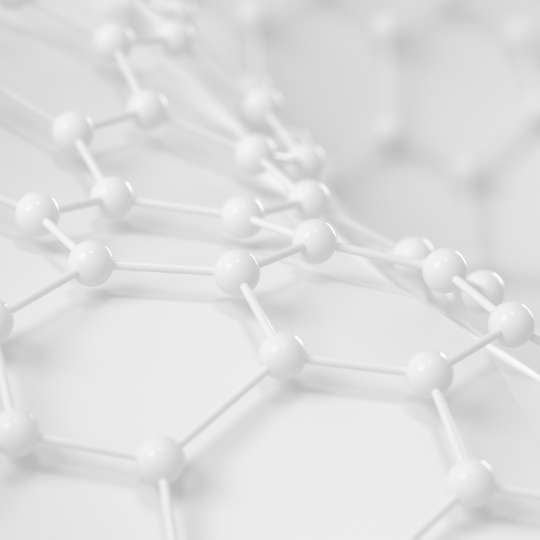

Can our diets cause acne?
There are a number of studies that have looked closely at the link between diet and acne, but they all have their limitations, and don’t offer clear-cut conclusions. For this reason it is widely agreed by dermatologists and skincare experts that a poor diet alone is unlikely to be the sole cause behind acne. That being said, the food we eat can drive acne in some cases, worsening breakouts.
Spots are formed when oil and dead skin cells block a pore. The more of either (dead skin cells or oil) present on your skin, the more likely you are to develop blemishes. In most cases of spots, it’s the excess oil that is to blame, which is why those with oilier complexions tend to suffer more from blemishes. This surplus sebum can be caused by a number of factors, including genes and hormones.
Some of the foods we eat, such as sugar, can also trigger a surge in oil production in the skin. “Foods which have a high glycaemic index (e.g. sweets, pizza, soft drinks, fast food and white bread) are rapidly absorbed by the body, leading to spikes in blood sugar or glucose levels,” explains consultant dermatologist, and author of The Skincare Bible, Dr Anjali Mahto. “Raised blood glucose levels promote the release of the hormone insulin and insulin-like growth factor 1 (IGF-1). Both increase sebum production and act in the body to produce more androgen hormones. These factors promote the development of acne, so if you’re after clear skin, then you might consider limiting your intake of these treats.”
Eating a lot of sugary foods can also cause inflammation inside the body, which can then be reflected on the outside. “If you struggle with acne or spots, you generally have to activate a gene,” says dermatologist Dr Julia Hunter. “How do you activate it? Through internal inflammation. And what causes internal inflammation? You are what you eat, so the less carbs, the less sugar, the better. We have to treat spots on the inside as well as the outside.”
Although a popular area of discussion, the ties between dairy and acne are slightly more tenuous. “There are a number of proposed hypotheses surrounding how dairy products may worsen skin disease,” says Dr Anjali Mahto. “It is possible that dairy acts by a similar mechanism to diets rich in carbohydrates by promoting insulin and IGF-1 production. There are also suggestions that milk from dairy cows either naturally contains growth hormones or is treated with growth hormones. These can, in turn, increase androgen levels, which drive oil glands to release more sebum.”
So, does that mean we need to stick to a sugar-free diet and rid our fridges of dairy? Not really. “I don’t think everyone with acne needs to cut dairy out of their diet, but if you are one of the small group that notices a clear connection between eating dairy and breaking out in spots, then there would be a case to reduce or eliminate it from your diet,” advises Dr Anjali.
Eating those foods as part of a broad, balanced diet is not going to cause you to suddenly develop acne. But, if those quick-fix convenience foods are making up the majority of your diet and you’re finding that your skin is continuing to be red, angry and inflamed, then you may want to consider a lifestyle change.
It’s also not just about what you’re leaving out of your diet, but what you’re adding in. Aim to eat as much fruit and vegetables a day as possible – the more colourful the better. Things like quinoa and buckwheat are a great addition too.
Keeping a food diary and taking accompanying pictures for a few months is a great way to discover if there are any links between what you’re eating and how your skin looks. It will allow you to spot any potential patterns in your eating habits, as well as give you the opportunity to see if it might be something else driving the acne, such as your monthly cycle.
Read, watch and be inspired...



